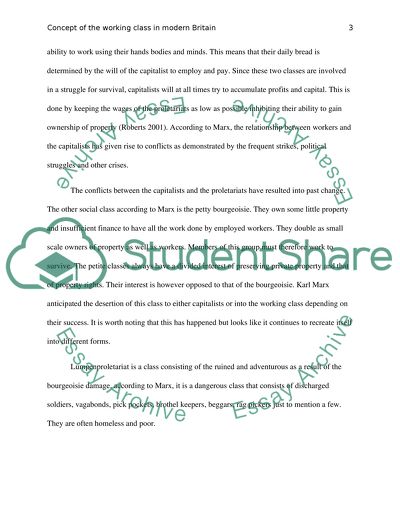Cite this document
(“Critically Evaluate the Concept of the Working Class in Modern Britain Coursework”, n.d.)
Retrieved from https://studentshare.org/sociology/1445606-critically-evaluate-the-concept-of-the-working
Retrieved from https://studentshare.org/sociology/1445606-critically-evaluate-the-concept-of-the-working
(Critically Evaluate the Concept of the Working Class in Modern Britain Coursework)
https://studentshare.org/sociology/1445606-critically-evaluate-the-concept-of-the-working.
https://studentshare.org/sociology/1445606-critically-evaluate-the-concept-of-the-working.
“Critically Evaluate the Concept of the Working Class in Modern Britain Coursework”, n.d. https://studentshare.org/sociology/1445606-critically-evaluate-the-concept-of-the-working.


